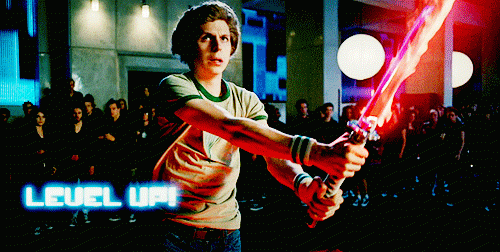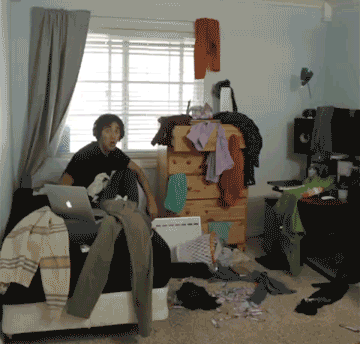The Gamasutra resource has published tips for level designers from Geoff Ellenor from Ubisoft Montréal. We share the translation.
Sometimes I meet game designers who want to grow professionally, but they don’t succeed, or they feel that they are stuck at some one level. Through the constant repetition of the same thing, you can, of course, upgrade your game design skill, but not everyone succeeds. Here are four habits – if you learn them, then with their help any designer will be able to raise the level.
Use all available features in full
In AAA games, level designers almost never get complete freedom to create whatever they want, and sometimes the space within which you are allowed to create is very small. At the same time, you will be able to become better if you act confidently within the framework of the space that you have.
In the early stages of working on a project, there is usually an opportunity to try different approaches, so make sure you have done your best. Work in conjunction with artists, stay involved in the creative process, try to demand the maximum from yourself. Achieve excellent results.
Sometimes the task that you have been assigned is not particularly inspiring, but you still need to try to spin it to the fullest – no matter what. If you were given the task to fill the room with barrels and boxes, then there is not much to roam around. But still – try several options, try to create something that you can be proud of later.
Never stop at a single idea
Maybe the very first idea will be the best. But if you don’t try a couple of other options, you’ll never know about it. Are you working on a draft map? Don’t stop at one option. Create three different drafts to choose exactly the best one. Yes, this approach implies that you will have to throw out several drafts. But if you are afraid to press the delete button, then you will not be able to become cooler.
Remember, it is not necessary to bring every idea to the build stage. But if you don’t try to build several iterations of the level, you risk getting stuck with the very first idea. Or even worse: you’ll have to do several options anyway, but after someone like me says “but this is not very good, show something else.”
If you create, say, four different iterations, then you can say to yourself with more confidence that you have chosen the best option possible. Well, in any case, you learn, practice and grow.
Listen to any feedback
Yes, even to the opinion of that strange dude from your team who can barely connect two words and seems to understand nothing about games. A variety of opinions about your design will help improve it.
Some people don’t know how to give feedback, and some developers generally voice their own opinion just to get smart at a meeting. And you still need to listen to everyone. In development, your very first audience is the people you work with. Collect opinions from everywhere, listen politely, and then determine for yourself what exactly this particular review means.
For example, someone said: “Then I turned left, and there was a dead end, and I was upset, because why would there be a door at all?”. Such feedback may seem negative, but the following is clear from it: the player expected that he would be able to go this way. Maybe there’s a problem in the location of the door, maybe in the lighting, or maybe you found a place where you can put spare cartridges. Use this feedback to improve the gaming experience.
Work hard every time
It is difficult to overestimate the importance of a “clean” end result. If the work is “dirty” (unused things are scattered throughout the level, layers are organized somehow, and so on), then this means that you are increasing the time for yourself to work on the next iteration, and besides, you are creating potential sources of bugs throughout the level.
If you find a problem at the next level, check where else there is a similar problem. I’ve seen a level designer fix a bug at one point on the map and ignore sixteen places on the map where there is exactly the same bug. Don’t do that.
Level designers work with a lot of information. Organizing information correctly is a lot of work, and if you do this work sloppily, then it will not be easy to make changes later. You always need to know what is going on from the “wrong side” of the level, and you always need to feel that you can be proud of the work done. If you organize the information correctly, it will be easier to create iterations of levels.
A source: http://www.gamasutra.com








